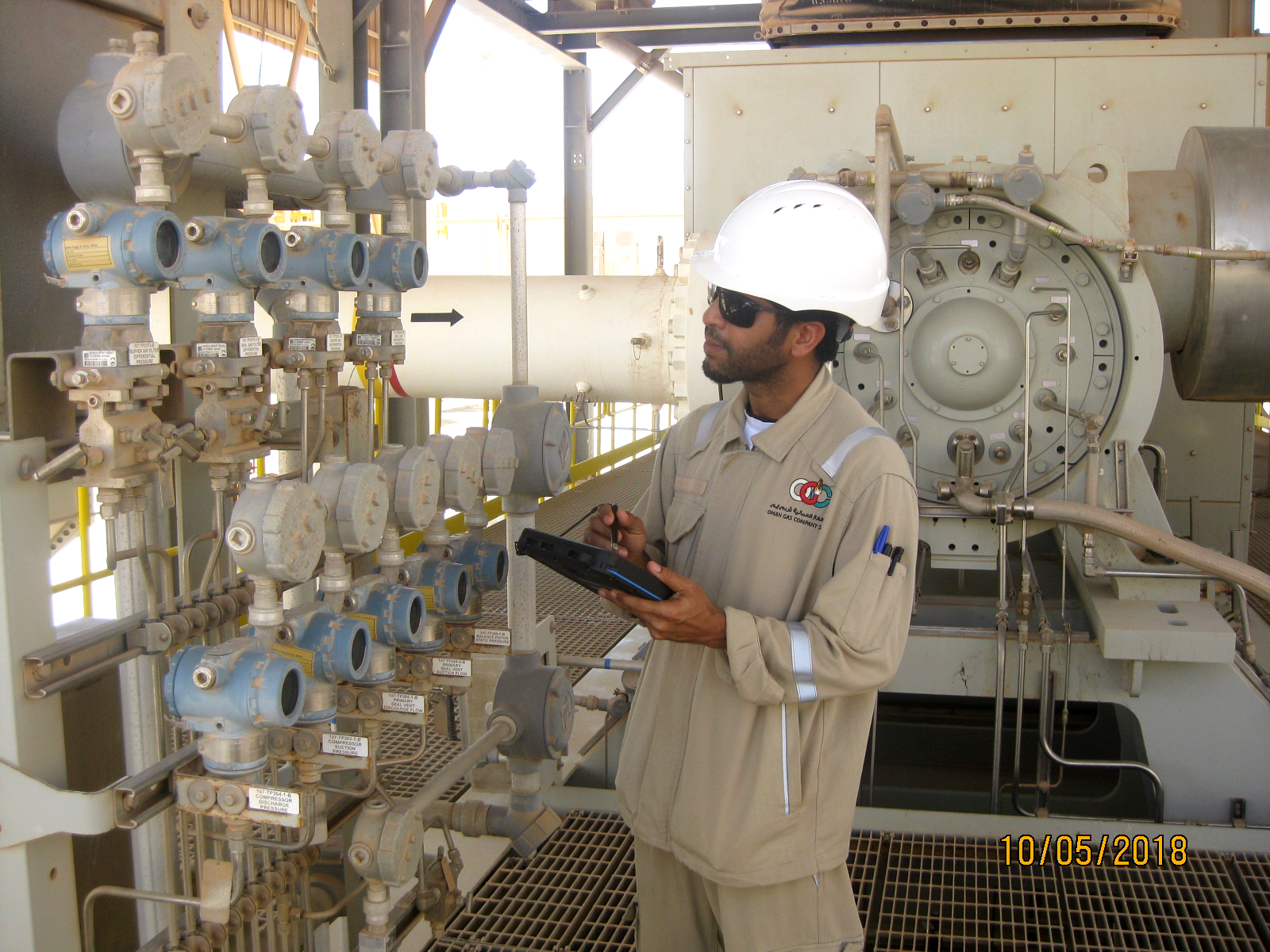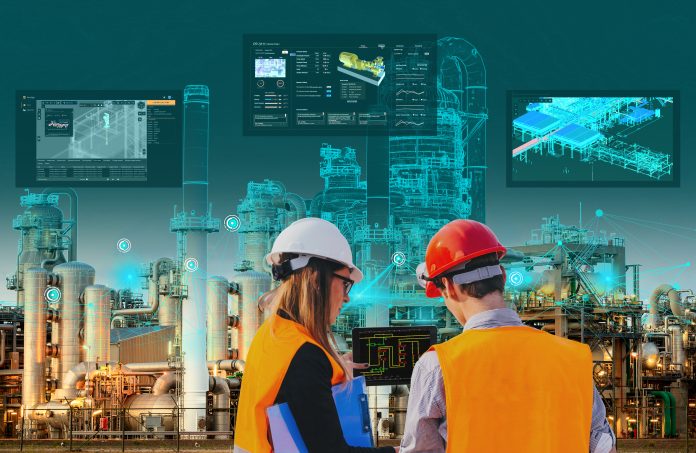Digital twins are empowering engineering, operations, and maintenance in plants to collaborate and capitalize on the opportunity of Industry 4.0. If common pitfalls can be overcome, such as data overload, the lack of systems integration and interoperability, inconsistent business processes, and siloed data, then this open and connected data environment can become a sustainable competitive advantage. Digital advancement strategies like Asset Performance Management 4.0 are being coupled with digital twins and are becoming critical strategies for operational excellence.
Maximizing the Value of Assets
The reason plant staff collect, store, and analyze plant data is to improve decision-making and operations. Ultimately, they want to maximize the return on assets, minimize production, labor, and material costs, reduce the total cost of asset ownership and investment, and deliver predictable performance, on time.
We can improve the performance of the physical assets used for production through the way people operate equipment, through improved maintenance practices, or through design and engineering. This is not a new concept, as an average plant might have 30 to 50 design optimizations, modifications, or additions per year.
However, the siloed approach separating engineering, operations, and maintenance is no longer good enough. Success now requires a new way forward with a collaborative approach to information accessibility coupled a process for asset performance management for fast and accurate decision making.
Asset Performance Management
Asset Performance Management (APM) focuses on meeting performance requirements through reliability, and takes a cross-discipline approach to fulfil plant goals and customer needs.
Some of the key characteristics of an Asset Performance Management system include:
- Asset strategy and risk analysis
- Condition-based or reliability centered maintenance processes and practices
- A mobile inspection platform with augmented reality and virtual reality capabilities for remote working and remote collaboration
- Predictive analytics including statistical modeling, neural networks, artificial intelligence, and machine learning
- Spare parts optimization
- Asset lifecycle information management
Asset performance management is the plant manager’s opportunity to extend asset life safely and reliably, which avoids capital expenditures.
Case Study:

Oman Gas Company implemented a digitalized, automated framework for asset performance management. Establishing a connected data environment and digital workflows reduced failures and improved reliability performance by 9%. The technology transformed the team and how they manage assets, resulting in significant economic gains.
The Tipping Point for IIoT
APM 4.0 is effectively deploying APM within a digital twin because the Industrial Internet of Things (IIoT) movement has arrived and is at the tipping point. The cost of sensors, data connection, and data storage is now a fraction of what it used to be. As a result, the amount of raw data being generated in plants from IIoT sources is growing exponentially, and many organizations cannot keep up. Every sensor you add produces thousands of additional data points. As a result, making sense of the data to gain meaningful insights and get to the right decisions can be time-consuming and difficult if you are not sure of its relevance or accuracy.
For most plant managers, the vision of a completely autonomous plant is still a pipe dream. Industry 4.0 can connect physical assets in the plant to their digital counterparts to improve the automation of plant operations and maintenance. Using edge computing to implement artificial intelligence and automated rules is a fast and easy way to alert personnel of problems that must be addressed. However, edge computing might not monitor all aspects of every asset over the long-term and should not be used in isolation. To fully oversee a facility, you need a systematic, sustainable approach for tracking asset performance over time with visible, accessible, and trusted engineering data.
Gain Insights to Make Effective Decisions
There are many ways APM 4.0 helps Plant Managers to gain insights from data to optimize asset performance. Automated rules, calculations, artificial intelligence, and machine learning are all valuable methods to enable faster and more effective decisions. But, engineering information for each must be complete, accurate, and available to ensure decisions can be made at the right time. Otherwise, it becomes harder to mitigate consequences, and avoid downtime and unnecessary costs when assets fails.
In short, effective decision-making depends on always knowing the current state of the asset and becoming informed immediately when that state changes. This knowledge should include essential engineering information, as well as how to bring the asset back to the as-built, as-commissioned, or as-designed state. Yet components, structures, systems, and operating states all change over time due to wear and tear, operator decisions, and overall plant conditions. Changes in any single asset can negatively impact wider systems and processes. Trustworthy engineering data enables plant engineers to determine why a change occurred and who caused the change. For this purpose, asset lifecycle information management systems are the backbone of APM 4.0.
Case Study:

BP created a central information store (CIS) to manage information needed for operations, including all documents, tags, metadata, and 3D model visualization. Using a Microsoft Azure-based cloud deployment of Bentley Systems’ AssetWise asset performance software, the project team seamlessly integrated engineering information into operations. Doing so supports safe, reliable, and efficient operations throughout the life of their assets. With safety at the heart of all operations, BP ensures it continuously maintains the integrity of operational information.
Digital Twins Enable Collaboration between Engineering, Operations and Maintenance
A digital twin is a digital representation of a physical asset, process or system, as well as the engineering information to understand and model its performance. Typically, a digital twin can be continuously synchronized from multiple federated sources, including sensors and continuous surveying, to represent its near real-time status, working condition or position. Digital twins enable users to visualize the asset, check status, perform analysis and generate insights in order to predict and optimize asset performance. As a result, digital twins eliminate silos of data to deliver situational awareness and intelligence.
Additionally, a continually updated digital twin provides proof of accurate information needed for regulatory compliance. Engineering, operations, and maintenance greatly benefit from the combination of APM and digital twins. APM provides the strategy and analytics, while digital twins unify the data, provide situational awareness and insights, and deliver actionable information in the hands of those who need it when they need it.
Case Study:

EPCOR Utilities Inc. implemented an ISO 55000-aligned, risk-based asset management process supported by Bentley System’s APM technology. The digital twin shows the results of asset health indexing. They gained an understanding of the consequence of asset failures, including replacement costs, damage to adjacent assets, impacts to safety, and environmental cleanup costs. Coupling this information with outage times and electrical load data, they could better predict the annual risk cost. The result was lowering their SAIDI Interruptions Duration Index score to 0.833, well below the regulated threshold of 1.15 hours/customer.
Who Needs a Digital Twin and Why?
From the plant floor to the boardroom, digital twins quickly give plant staff the information they need to make important decisions.
- Global and Regional Executives – Use digital twins to generate informative visualizations of large-scale assets, track and compare plants and fleets, identify high-performing and under-performing plants, then determine what makes them succeed or fail; provide proof that the plants are in control and that assets are safe and reliable.
- Plant Managers – A unified view of asset health to ensure plant production is predictable, safe, and efficient. Get accurate information for audits and course-corrections and provide a complete, consistent view of plant data for the team to collaborate and solve problems.
- Engineers – Quickly identify potential operational problems and consider solutions. Know that the data is trustworthy to investigate, troubleshoot, and make fast and informed decisions.
- Operations – Review as-operated and historical data to understand what field changes and engineering decisions were made and why. Digital twins help operators see the big picture and optimize production.
- Maintenance and Reliability – Monitor and manage equipment health and easily spot trends and bad actors. They need to know what engineering changes were made.
Digital Transformation
APM 4.0 and digital twins are digitally transforming plants to help them stay ahead of the competition. Everyone from the plant floor to the boardroom needs insights to make more informed decisions. Digital twins provide a federated portal view of all necessary systems and data, which gives workers at all levels the insight needed for overall success.


































